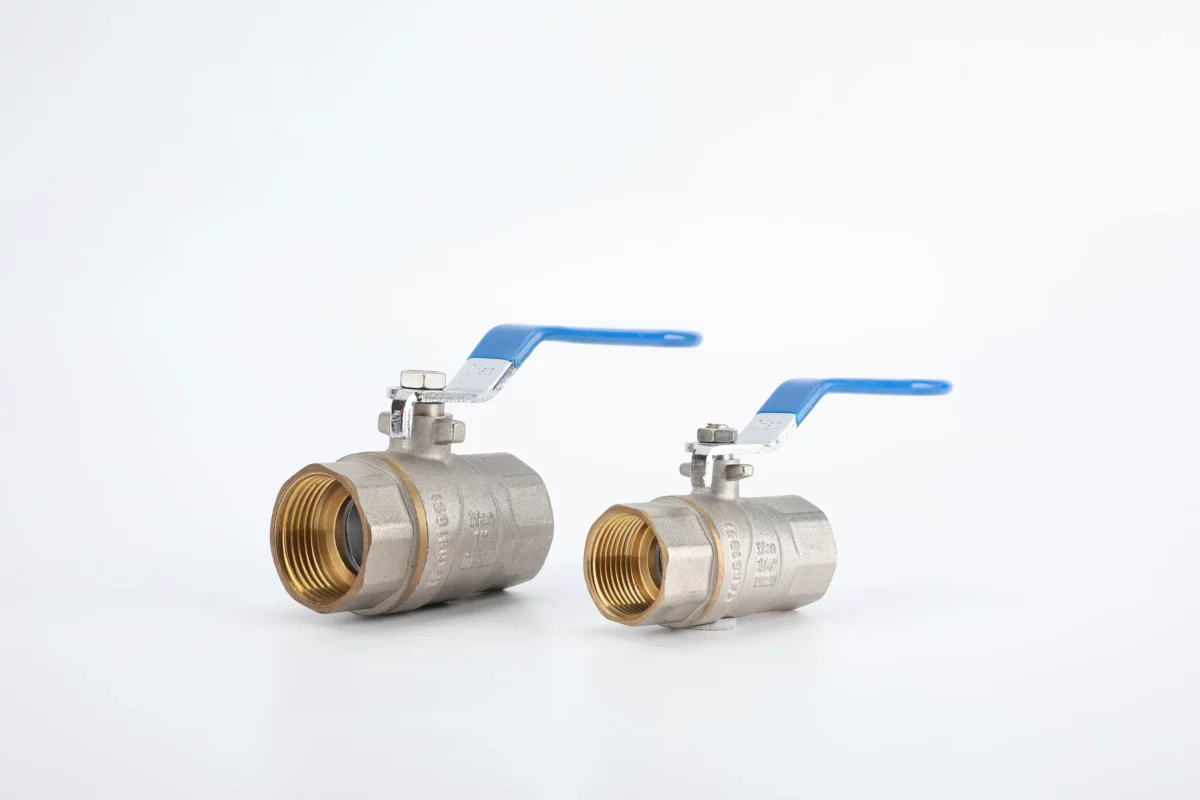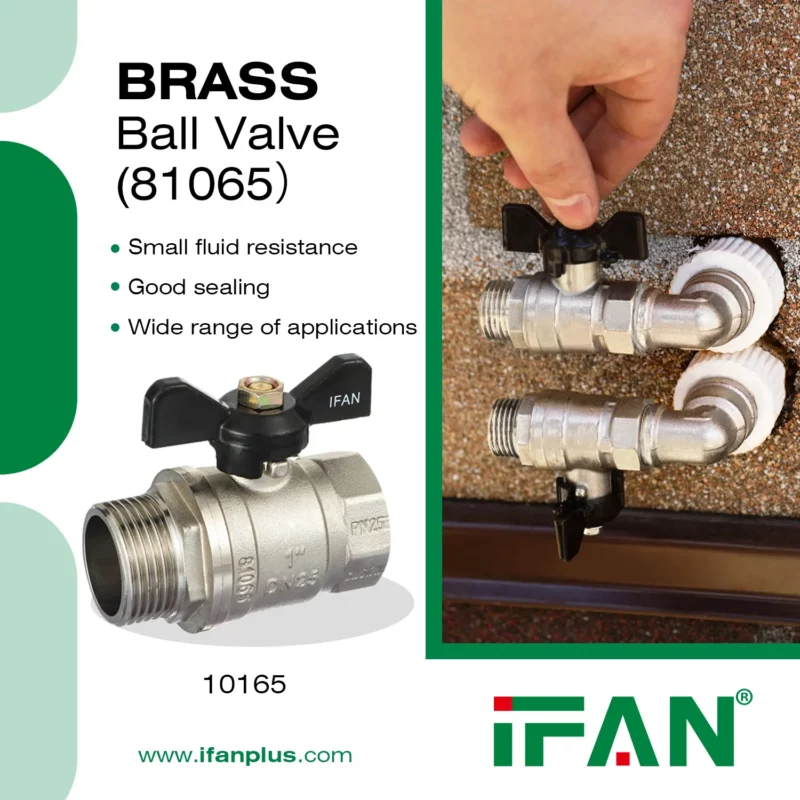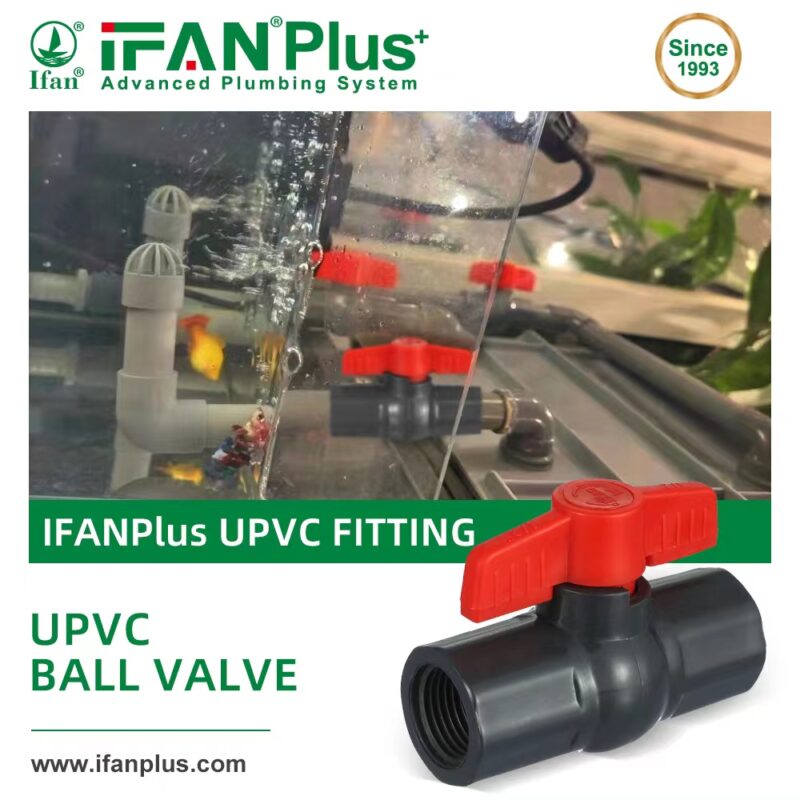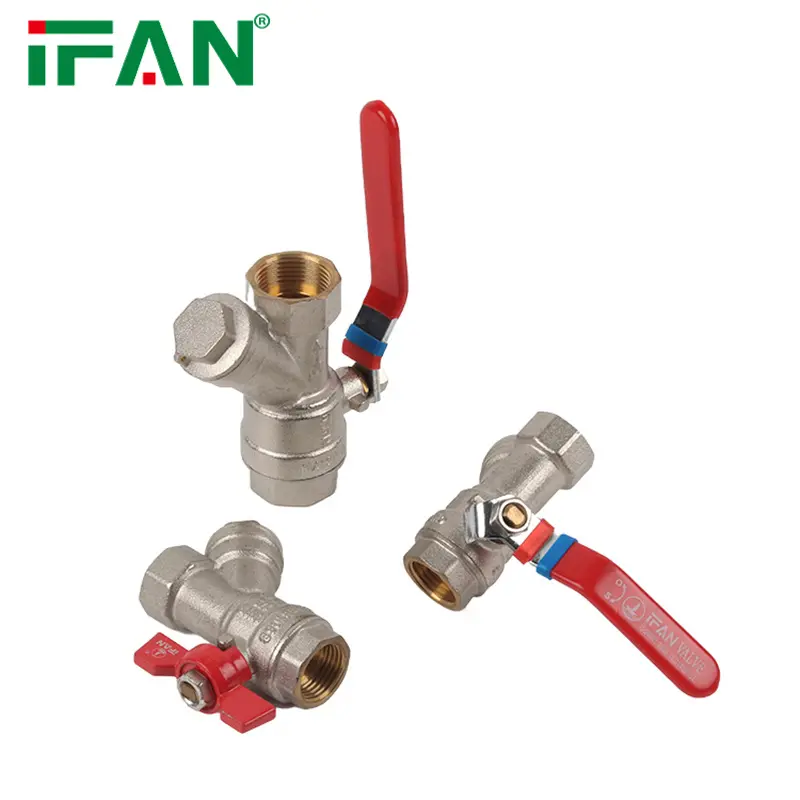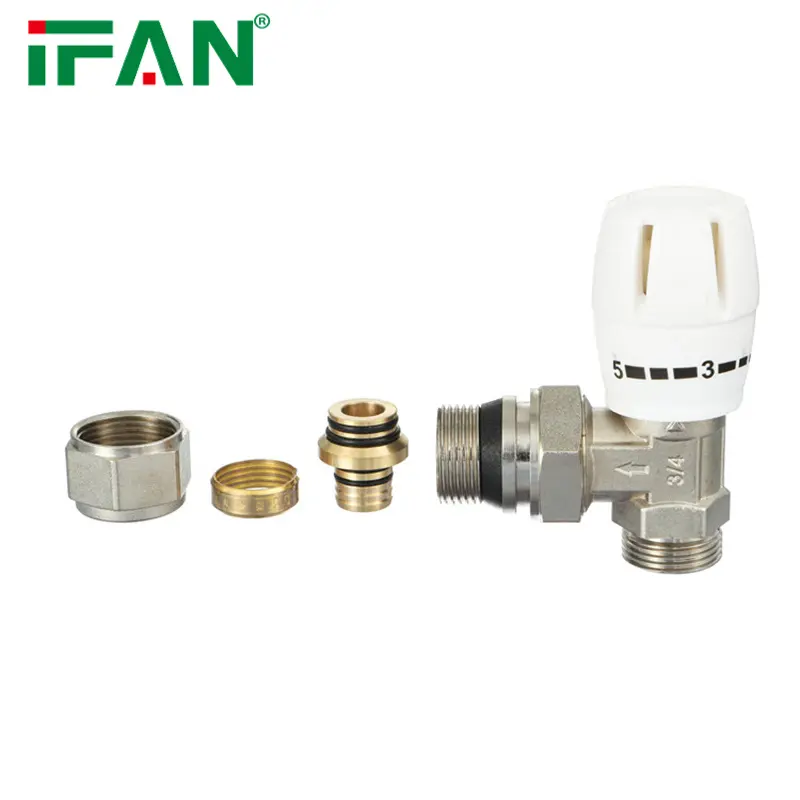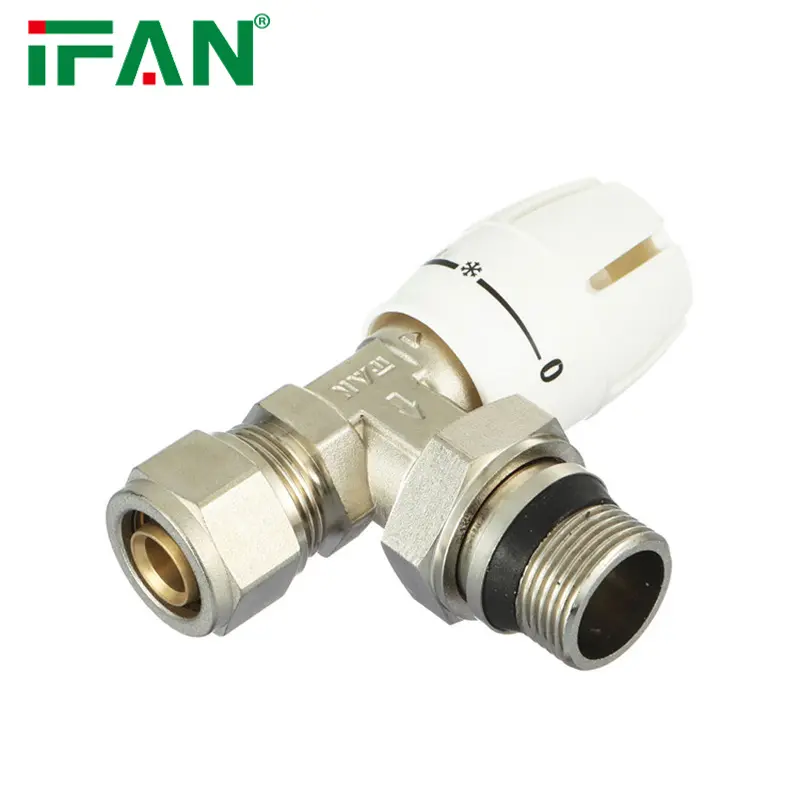Copper valves do have the possibility of deformation or failure at high temperatures. This is mainly because copper valves are more affected by temperature. Its material properties change with temperature to a certain extent. The following is a detailed point description:
Temperature range
Under normal circumstances, the temperature range of copper valves is between -20℃ and 150℃. This means that at temperatures higher than 150 ° C, copper valves may have performance problems.
Material changes at high temperatures
- Lower strength and hardness: As the temperature increases, the strength and hardness of the copper valve material will gradually decrease.
- Increased ductility and plasticity: but at the same time, the ductility, plasticity and plastic toughness of the copper valve material will be enhanced.
- Mass loss: At high temperatures, copper valve materials are prone to metal softening, thermal expansion, loosening or thermal fatigue. These will affect the service life and performance of copper valves.
Creep effect
When the working temperature of the metal valve is above 450 ° C, the creep effect of the material needs to be considered. Creep effect refers to the slow, small and continuous plastic deformation of metal materials under the action of a certain temperature and pressure. This deformation will reduce the pressure that the valve can withstand. Increase the risk of fracture under high pressure of the pipeline.
Problems in practical application
When the copper valve is used in a high temperature environment, if the lubrication is poor, the cleaning is not thorough, and the maintenance is not timely, it may lead to problems such as garbage accumulation, corrosion or rust inside the valve. Therefore, the sealing performance and flow control ability of copper valve are affected.
In order to reduce the risk of deformation or failure of copper valves at high temperatures, the following measures can be taken:
- Reduce fluid temperature: Reduce the fluid temperature through the copper valve by cooling system or other means.
- Enhanced lubrication and reduced coefficient of friction: Ensure that copper valves are well lubricated during operation. Reduce friction and wear.
- Select the right material and model: Select the right copper valve material and model according to the actual application environment and temperature requirements.
- Strengthen maintenance: regularly clean, overhaul and replace key parts such as seals and rubber parts of copper valves to ensure the normal operation of copper valves.
In summary, copper valves do have the risk of deformation or failure in high temperature environments. However, this risk can be reduced through reasonable selection, use and maintenance.
If you have read this article and have any questions, please feel free to contact IFAN. Below is our contact information:
Whatsapp:+86 13373827623
Email:[email protected]



































